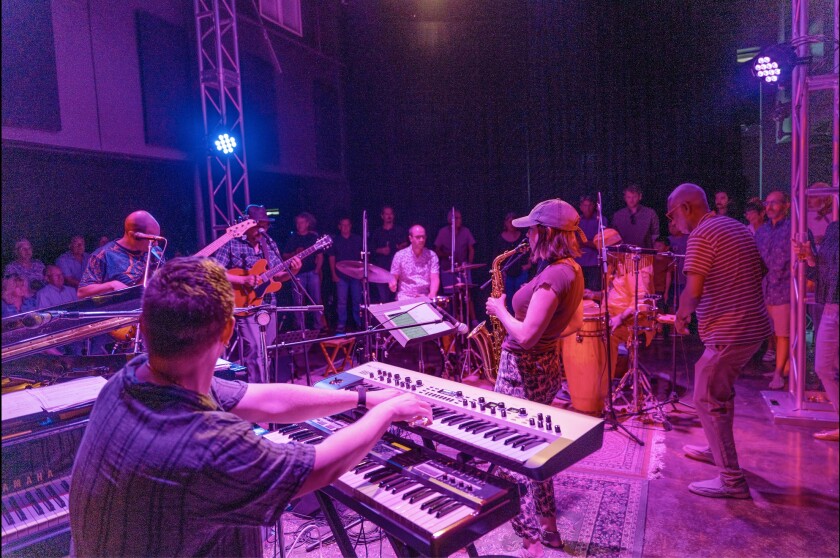Click here to read on The Chronicle of Philanthropy
1
Invite donors to join your work — as experts. As it prepared a legacy-giving marketing campaign, the Mennonite Central Committee of Canada, an international relief group, sent six potential digital ads to several hundred donors — individuals who had been giving monthly for 10 years or more but had not yet made a bequest. In a casual accompanying note, Rosie Steinmann, the organization’s gift planning adviser, asked the donors for their insights as loyal supporters of the organization.
“We wanted to co-create the ads” with donors, says Brad Quiring, manager of donor engagement.
The informal focus group bore much fruit. Comments from the donors, who favored an ad featuring a woman in Chad helped by MCC, provided fundraisers insights about what might inspire loyal donors to include the organization in their wills. Several also indicated they might want to make a bequest gift, opening the door for follow-up.
2
Flatten the donor hierarchy. A few years ago, the Cincinnati Opera dropped its requirement that board members donate at least $6,000 each year. The organization needed to bring on trustees with a wide array of talents, and preferably some who were younger, says chief philanthropy officer Joe Peacock. A big gift could have been a deal-breaker for some.
That step led to others aimed at showing appreciation to all donors, regardless of their gift size. The opera’s programs and annual reports no longer sort donors based on giving level; everyone is listed alphabetically. Those who make small gifts — a group that previously received only token benefits like restaurant discount cards — are now invited to events previously reserved for top-tier contributors. Anyone who made a gift of $25 or more was invited to a once-exclusive lunch featuring a panel with actors, and it drew a packed house.
3
Weave Presents, a performing-arts group on Bainbridge Island outside Seattle, styled its first fundraising campaign on Bernie Sanders, not Carnegie Hall. Founder and executive director Liza Pascal wanted to emulate the Vermont politician and onetime presidential candidate, who’s known for his skill at raising buckets of small-dollar political contributions.
Rather than build the typical gift pyramid, with 80 or 90 percent of the dollars coming from a handful of wealthy donors at the top, Weave this year launched the $5+1 Community Campaign. The ask: $5 a month. In return, the donor gets a free ticket for someone new to Weave.
Pascal describes the drive as her flagship campaign. “It’s not like I’m going to say no to somebody who walks in with a big check. But that wasn’t going to be how I led.”
Pascal, a violinist and music producer who moved to the island from New York City, opened Weave in 2019 to showcase “voices that have been disenfranchised” — local, national, and international artists who are women, people of color, immigrants, gay, lesbian, trans, and more. The organization’s fundraising must reflect that same drive for equity, she says.
4
Bring together the Balkanized office. The donor pyramid provides the organizational blueprint for development offices, with a division for mass fundraising working the pyramid’s base, a midlevel-giving team at the next level, and major- and legacy-gift officers tending to the peak. The problem: Departments often operate in silos, rarely sharing strategy or even talking to each other, says Mike Duerksen, founder of the BuildGood fundraising agency. Each fights to protect its budget and seeks credit for big gifts to justify money and staff for its work.

“Attribution is fundamentally broken,” Duerksen says. “So many things now work together that it’s often hard to tell where a gift came from and what motivated the donor to give.”
Earthjustice counters such isolating tendencies by mapping the entire history of a donor — not just the record of who was in the room when a big gift landed. When frontline fundraisers report on interactions with major-gift prospects, staff review their first gift and giving over time, whom they’ve spoken with in the organization, the mail they’ve received, etc. If the donor makes a large contribution, “it’s not just about the major gift itself,” says Abigail Oduol, a senior development officer in planned gifts. “It’s about what led them there.”
5
Give everyone a lift. In twice-weekly emails to alumni and supporters, Cornell’s advancement marketing team aims to make the university relevant and valuable. One of its recent notes included promotions of a webinar on effective decision making and a financial-planning discussion for young alumni. One summertime staple: a guide for vacationing in New York’s Finger Lakes region, home to Cornell.
Staff also taps into the cultural zeitgeist. For the widely celebrated Star Wars-themed “May the 4th Be With You,” it created a downloadable poster with the Death Star spaceship looming over Cornell’s nighttime skyline. This summer the team planned how to lift spirits during the December holidays, says Ashley Budd, director of operations for advancement and alumni affairs. “Sometimes, we’re just trying to put a smile on their face.”
Return to Insights & Events


